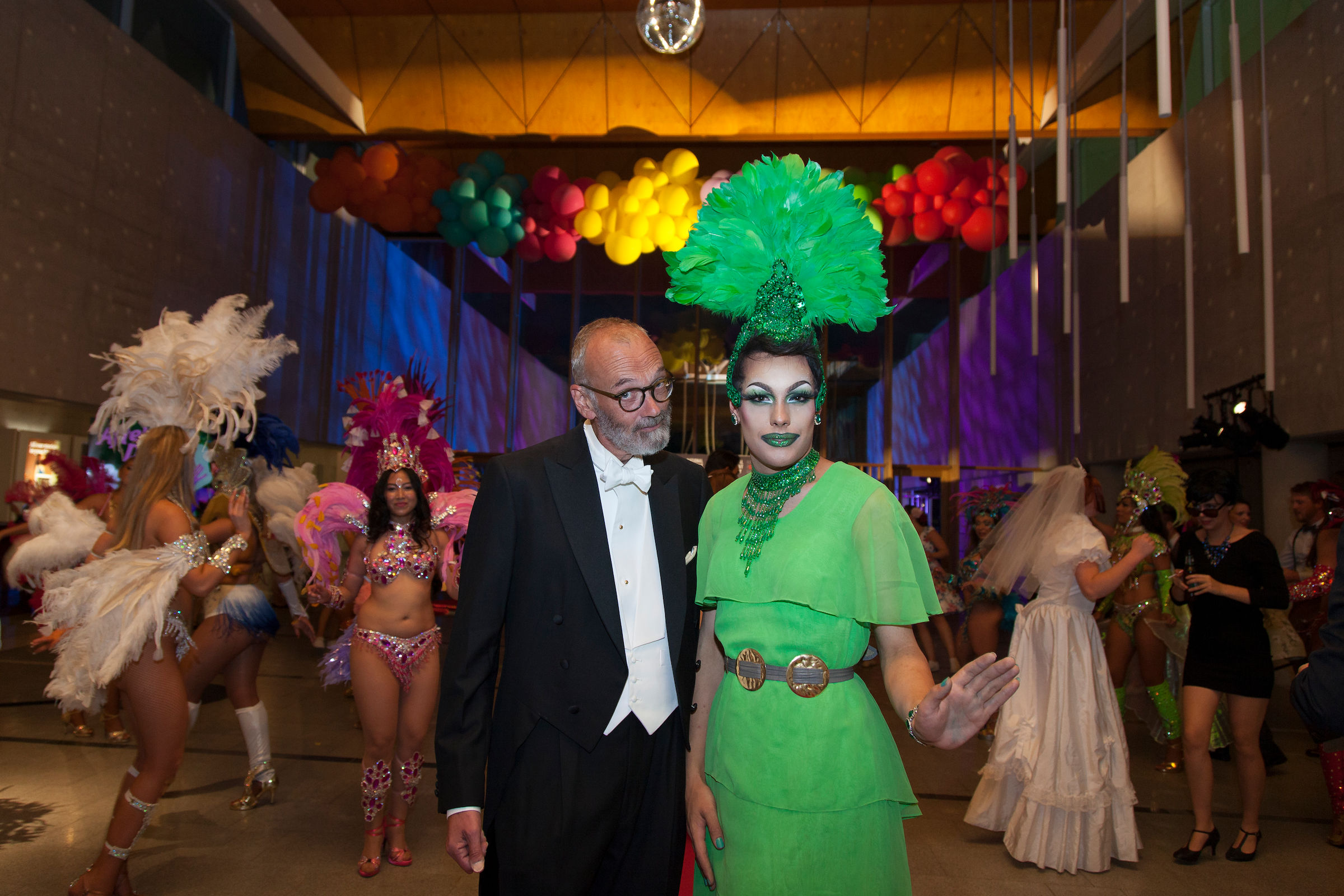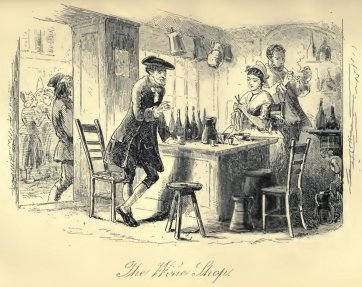Last month we marked the twentieth anniversary of the formal establishment of the National Portrait Gallery, the tenth of the opening of our signature building, and the fifth of our having become a statutory authority under Commonwealth legislation. This convergence in 2018—when Parliament House turns thirty and the National Library of Australia turns fifty—provides a suitable cause for celebration, mindful of everything that has been achieved for and by the Gallery in those relatively brief periods.
Anniversaries, as such, are curious things. The word descends from the Latin annus, year, and versus, turned, or a turning—in other words the turning of the year. The deep history of the calendar itself began with the crucial discovery that time may be measured by the year. In Mesopotamia, physical space was divided into 360 degrees because according to their inaccurate calculations those degrees corresponded with 360 days—in other words a year, a year in which space and time were ordered in approximately the same way.
As all of us might reflect, upon the anniversary of our birth, for example, that there may well be no particular significance to the fact of an anniversary other than that whatever it was took place exactly a certain number of years ago, and not one day more or less. Still, it is a human instinct as ancient as civilisation itself to take the measure of time, and to find within that not merely a just cause for celebration, as in our case, but also an opportunity to reflect upon it, and look ahead by comparable increments. After all, by any measure twenty years is not a long time. Indeed for those of us in the firm grip of middle age, twenty years can feel alarmingly brief—one score only, in which the activities that were contained in it feel, at times, merely inchoate.
I spent the Easter weekend thoroughly absorbed in A Tale of Two Cities. Madame Defarge with her knitting is one of Charles Dickens’s most sinister but fascinating inventions, and at a crucial moment he describes Thérèse Defarge walking “with the supple freedom of a woman who had habitually walked in her girlhood, bare-foot and bare-legged, on the brown sea-sand.” Dickens seems to have had a thing about bare-footed Frenchwomen, because you may recall the scene in Bleak House when Lady Dedlock’s French lady’s maid Hortense walks back to the great house, angrily bare-foot over wet grass. Certainly, few scenes in Dickens are as exciting as the one near the end of A Tale of Two Cities in which the doughty, stout-hearted, fiercely loyal Englishwoman Miss Pross deals with the menacing Madame Defarge.

















